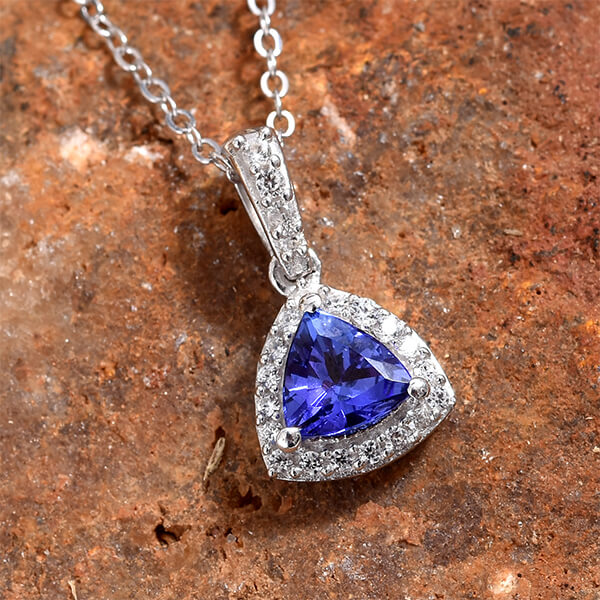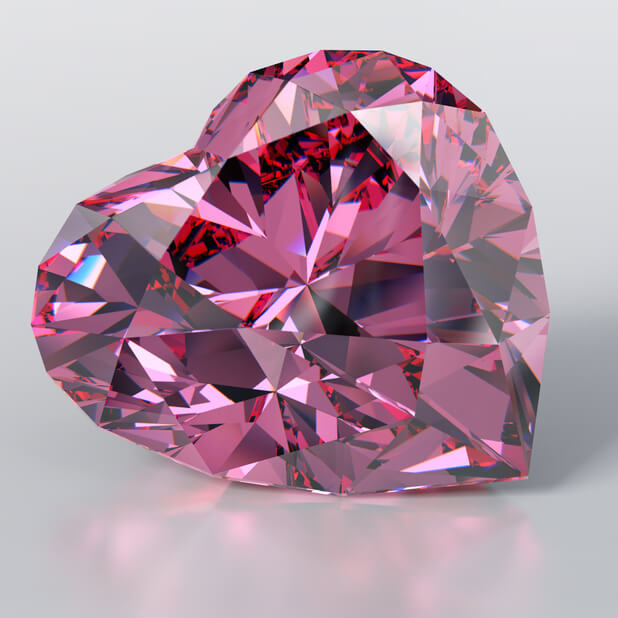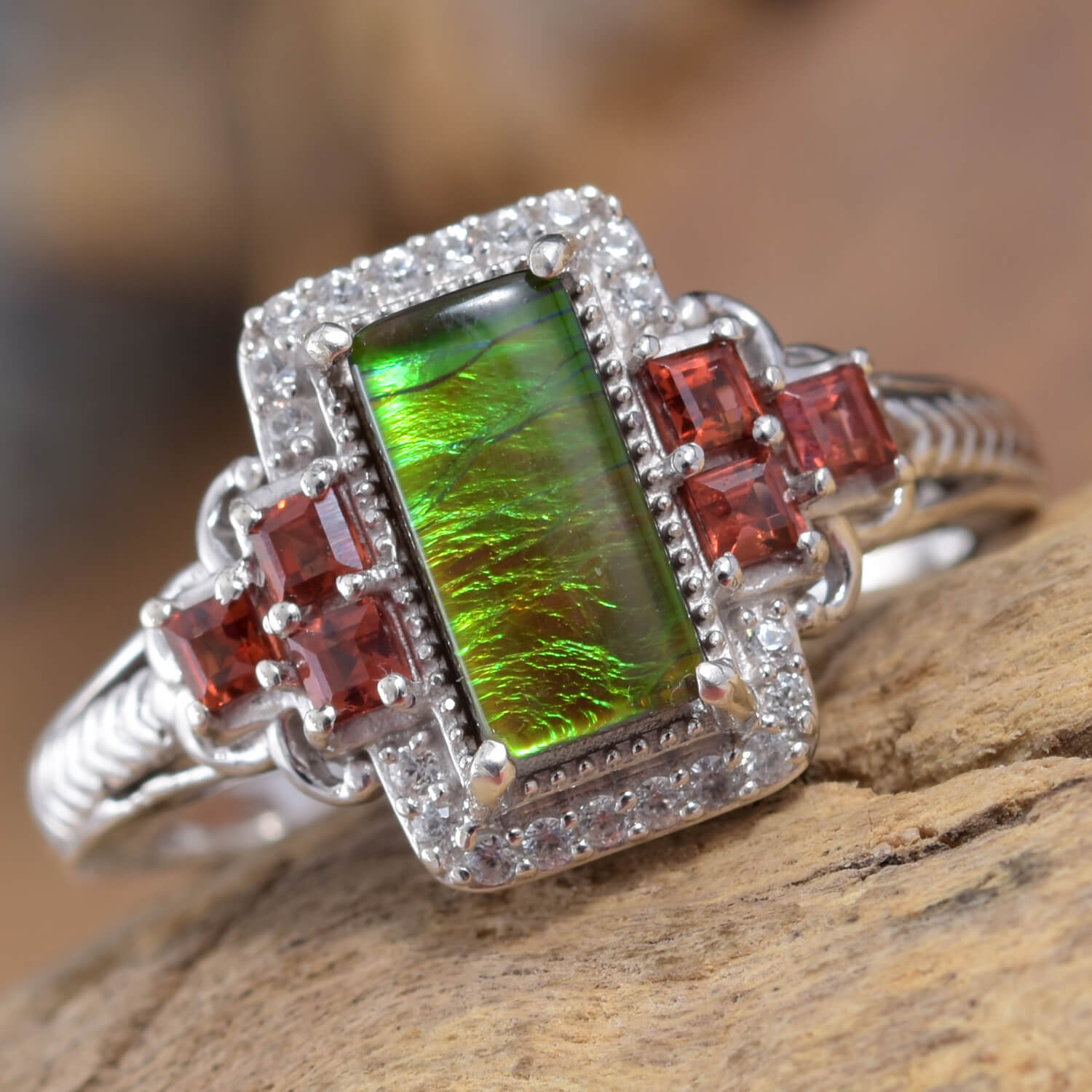GEMSTONE QUALITY VALUES
An element isn’t automatically categorized as a gem just because it has been used in jewelry or because it’s a mineral. For example, materials like seeds, bones, and hair have all been a part of jewelry, but that doesn’t place them in the same group as pearls, rubies, and amber.
For a substance to be classified as a gemstone, it must possess three essential attributes shared by all other gems: attractiveness, scarcity, and strength. Nonetheless, each of these characteristics embodies diverse potentialities, which results in gemstones exhibiting distinct levels of these three traits.
Over the centuries, gemstones have been cherished for their color and sparkle. However, classifying what’s beautiful and not is always challenging as it delights the senses or appeals to the mind. The conventional definition of color is a combination of three qualities.

The beauty of a colored stone is significantly influenced by its color. Therefore, the color of a gemstone is the primary feature that catches the eye. Additionally, three color-related factors are essential in determining a gem's worth.
Factors: -
• Hue - - The first impression of an object’s primary color
• Saturation – A color’s strength and intensity
• Tone - Degree of darkness or lightness of a color

Clarity is the gemstone’s comparative freedom from blemishes and inclusions. Inclusion is defined as anything that interferes with the natural passage of light. There are three primary types of inclusions.
Types: -
• Breaks – Often look white and feathery
• Hollow Area – Empty from inside
• Bits of Mineral – Mineral bubbles inside
A sliding scale rarity means some gems are rarer than other gems. A few stones are so precious that they are categorized as collector’s items. Most gemstones fall within the middle range of the rarity spectrum.

A human contribution to the appearance of a colored gemstone, the gem's cut will display its value in shape and facet count. It supports the other three value factors of color, clarity, and the carat of the colored gemstone. There are three basic cuts.
Types: -
• Brilliant Cut - Features triangular or kite-shaped facets that radiate from the center toward the broadest part of the cut stone.
• Step Cut - Utilizes mainly square and rectangular facets arranged in concentric rows.
• Mixed Cut - A cutting style that combines brilliant cut and step cut facets.

The color and carat weight are the most significant value factors for many gemstones. Carat is the unit of measurement concerning the weight of the gemstone. Typically speaking, the bigger the gem, the higher the price.
Types: -
• Metric Carat - The international measurement unit for gem weight (1 carat equals 0.20 grams).
• Point - One one-hundredth of a carat (0.01 ct.)
• Carat Total Weight - The combined weight of all stones in a piece of jewelry.
• Per-Carat Price - The gem's price is divided by its carat weight.
Durability is a gemstone’s ability to withstand wear and tear and its resistance to heat, light, water, and household chemicals. It is a combination of three factors.
Factors: -
• Hardness - How well a gemstone resists scratching and abrasion, measured on the Mohs hardness scale.
• Toughness - How well a gemstone resists breaking, chipping, and cracking.
• Stability - How well a gemstone resists the effects of light, heat, humidity, and chemicals.